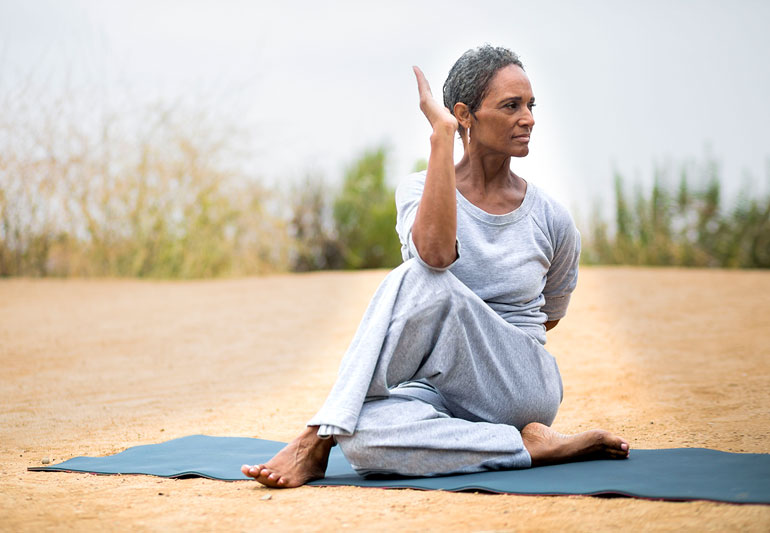Know The Types Of YOGA

Yoga originated from ancient Indian philosophy, with the tradition being taught by sage Patanjali in his book “Yoga Sutras”. The idea behind yoga is to balance the body and mind. To achieve this, it takes a lot of practice and dedication. Yoga is split into many styles and schools to suit different needs – such as Hatha Yoga, Vinyasa Yoga, Ashtanga Yoga, etc.

Types of yoga:
Yoga is normally divided into two types: Hatha Yoga and Raja Yoga. The difference between the two is as follows:
- Hatha Yoga requires concentration on body parts, with exercises aimed at increasing strength in individual muscles. Advanced yoga students usually focus on one muscle group per session and may use heat or cold therapy to increase flexibility, relaxation, and circulation. This type of yoga can be practiced all year round in a variety of positions and environments – from a comfortable lounge to the middle of a snow-covered field, from a spa to a fitness studio.
- Raja Yoga is based more on the principle of breath control – it focuses more on breath awareness than breath control. It also involves meditation. Raja Yoga can be practiced by anyone at any time – from a busy city to an isolated forest.
The practice of Hatha Yoga and Raja Yoga have an effect on both the body and mind – they each have different principles, but are closely related to one another, and are usually practiced together for a more holistic result. Both yoga practices also depend on the individual’s capacity for self-discipline and patience, which is not something everyone is born with but can be learned with practice and dedication.
Advantages of yoga are:
- Mind and body connection, which helps to balance the two.
- Yoga is a fun and positive hobby that can help you stay fit, relaxed, and happy. It relaxes the mind and allows you to achieve self-realization in many ways. It improves your concentration, balances hormone production, lowers blood pressure, and relieves chronic stress so that you can be more focused at work or during other activities like studying. It helps to keep flexible joints because your muscles are strengthened by working out through different postures for each part of your body – thus avoiding pain in joints.
- It also tightens up and tones the muscles, especially in your abdomen and legs. Yoga can be practiced by anyone at virtually any age – from a young child to a senior citizen.





